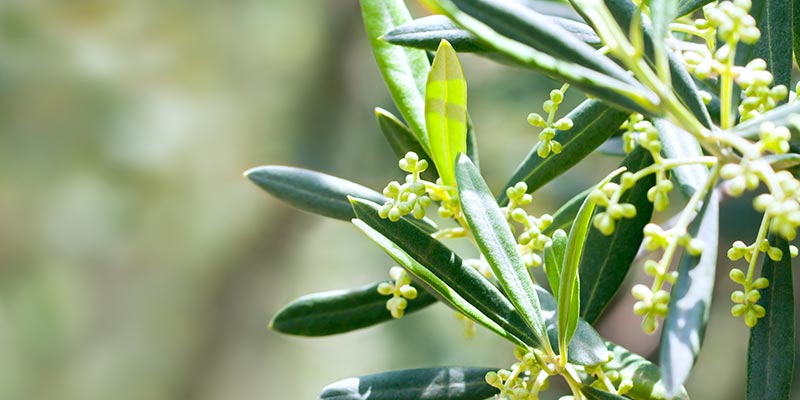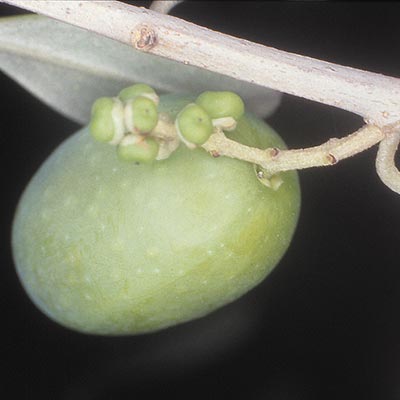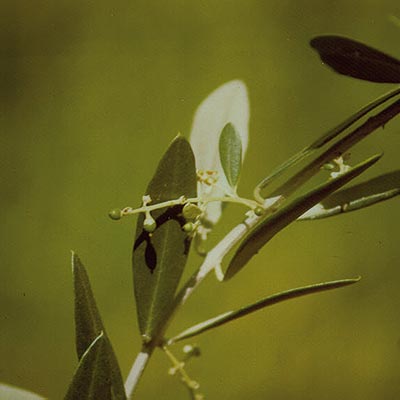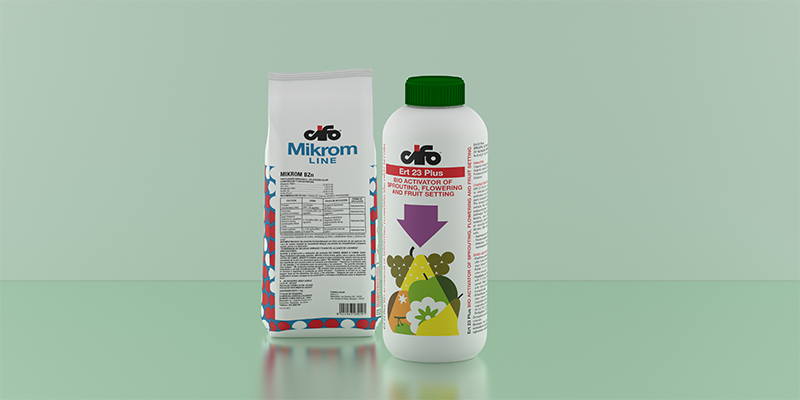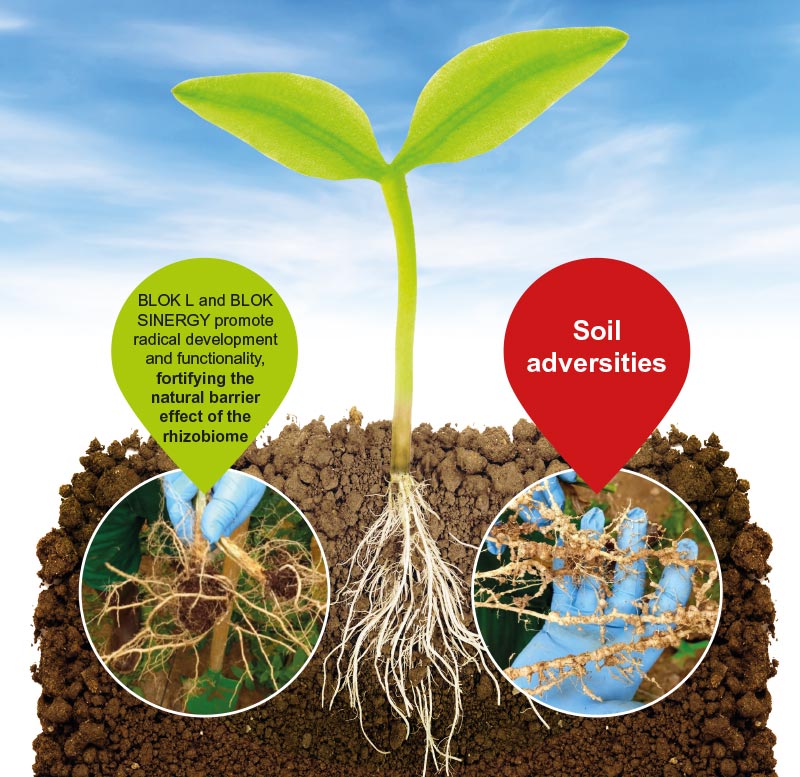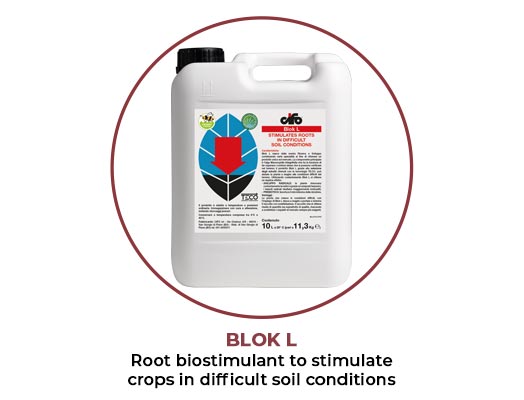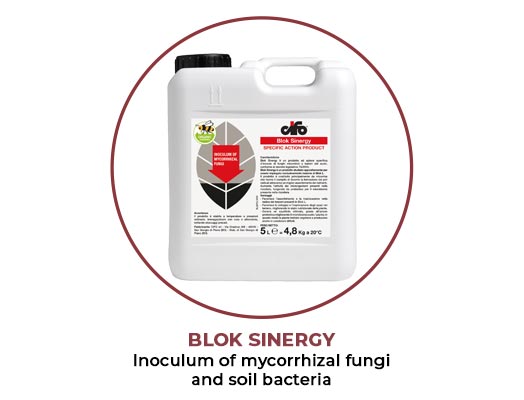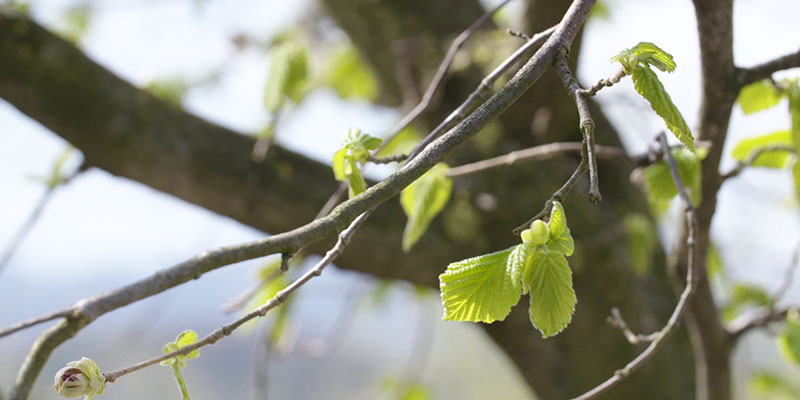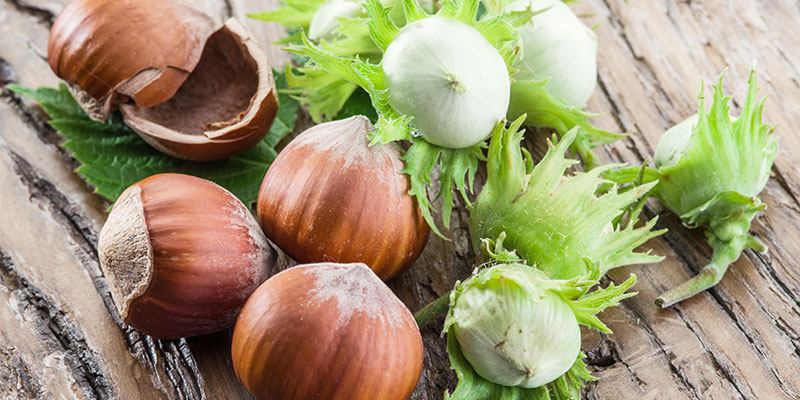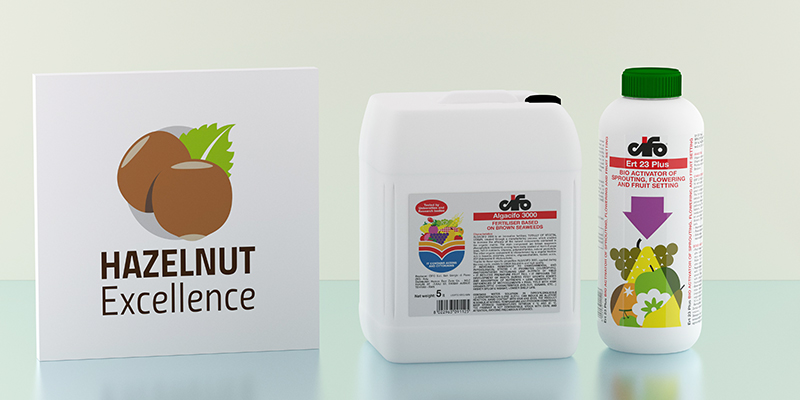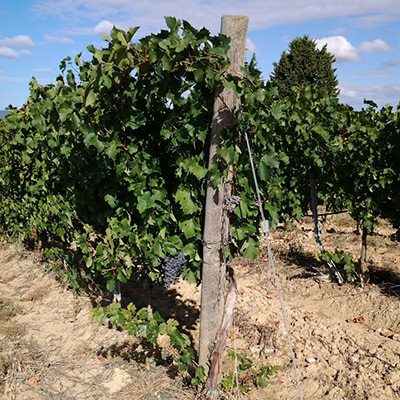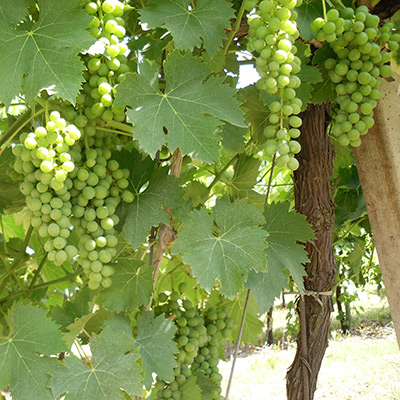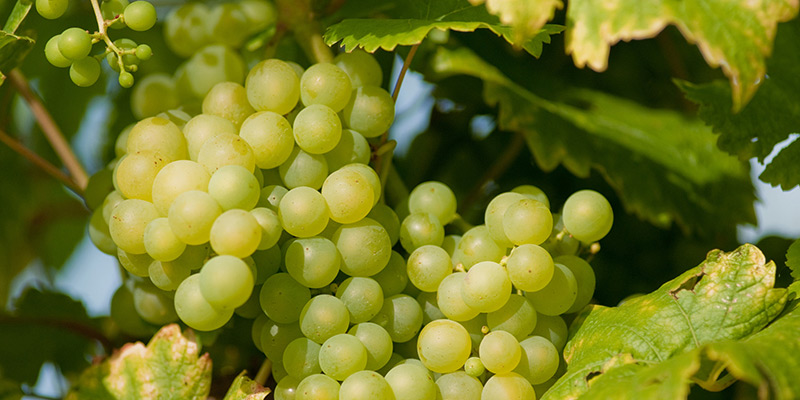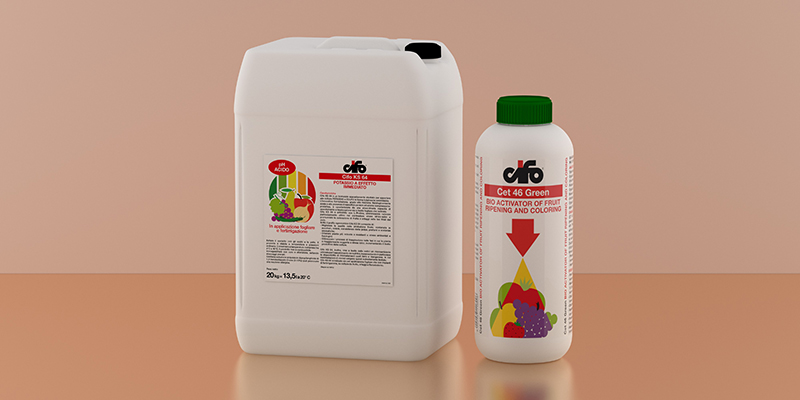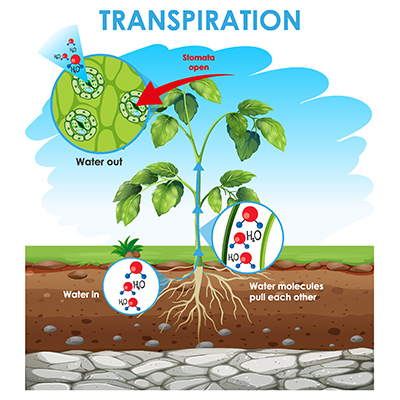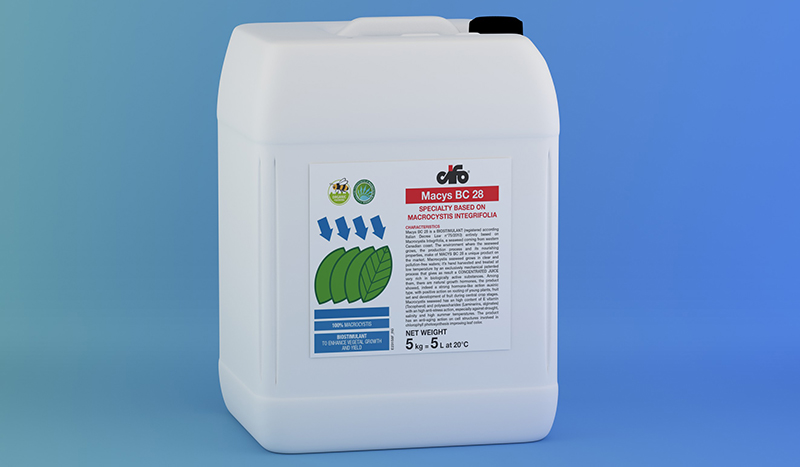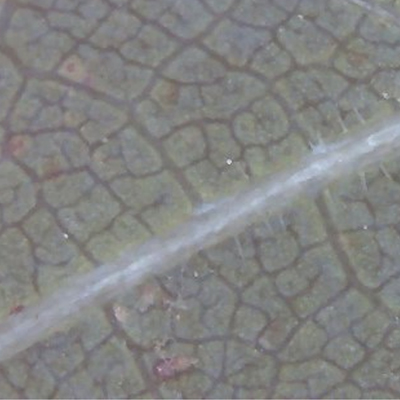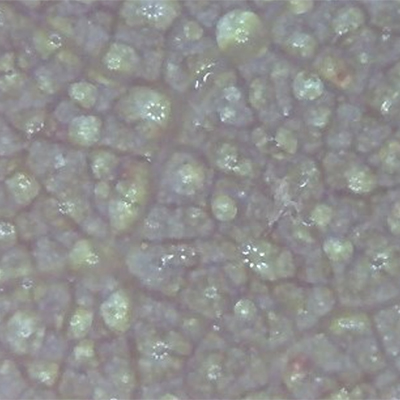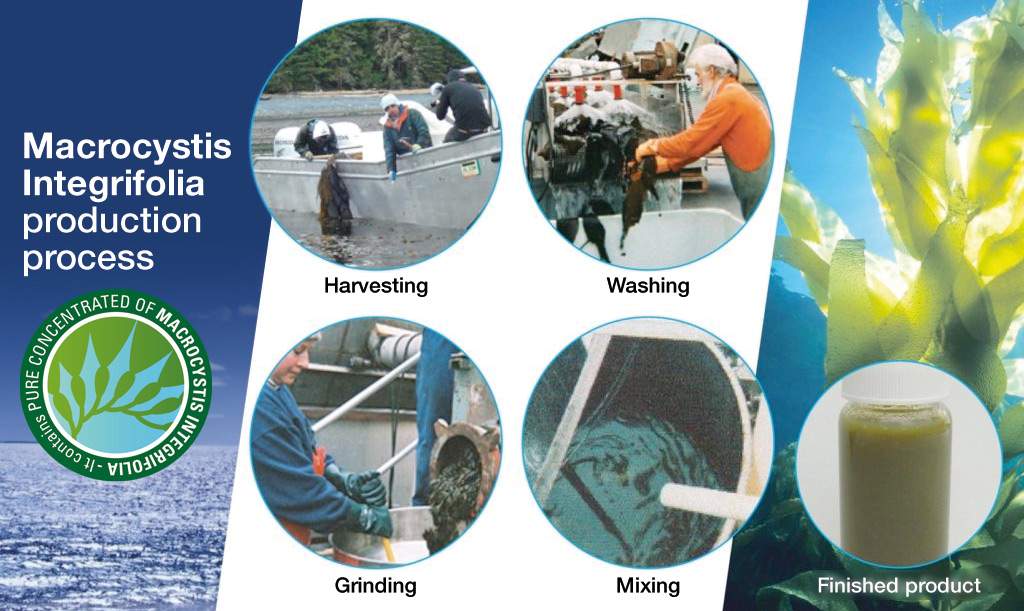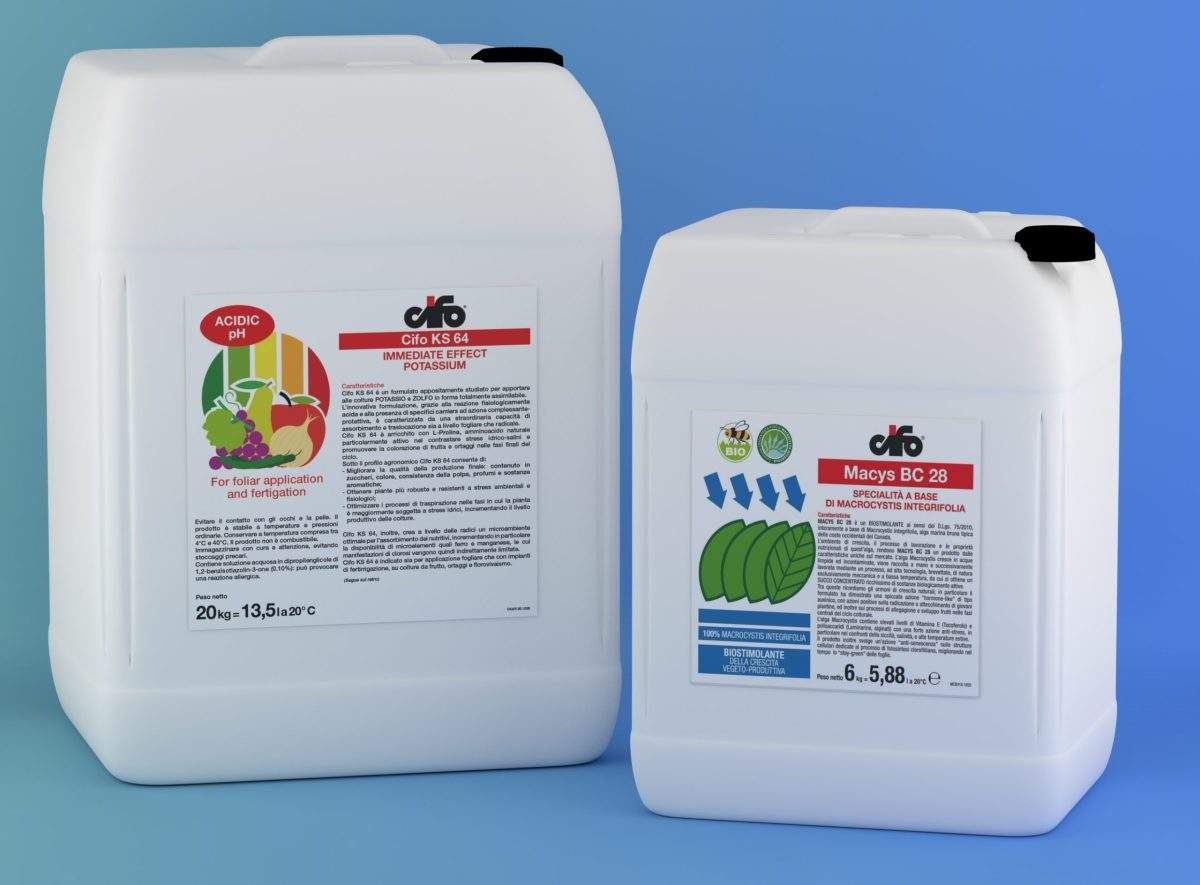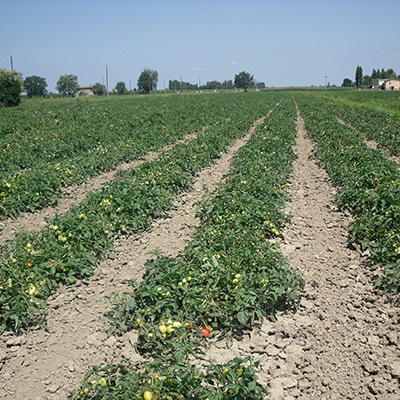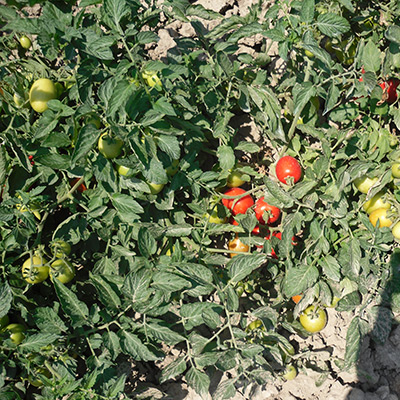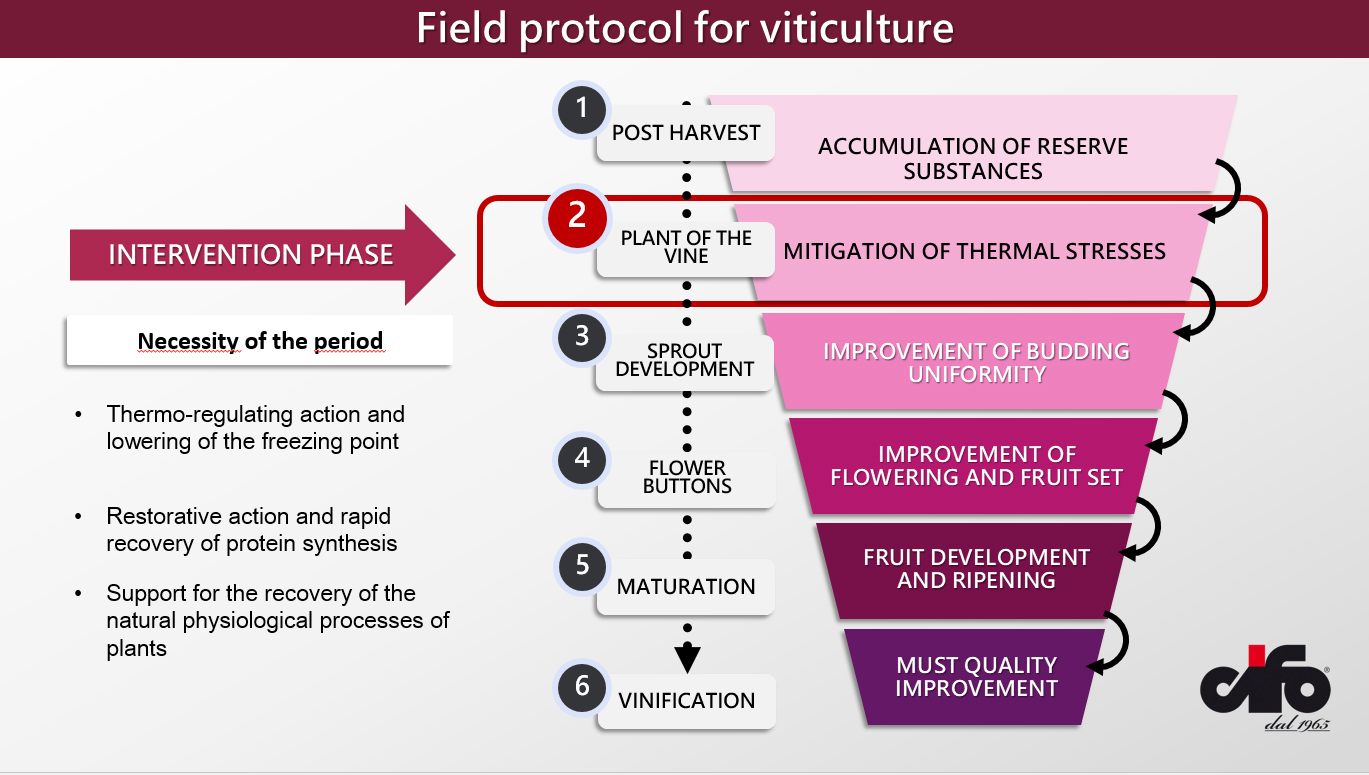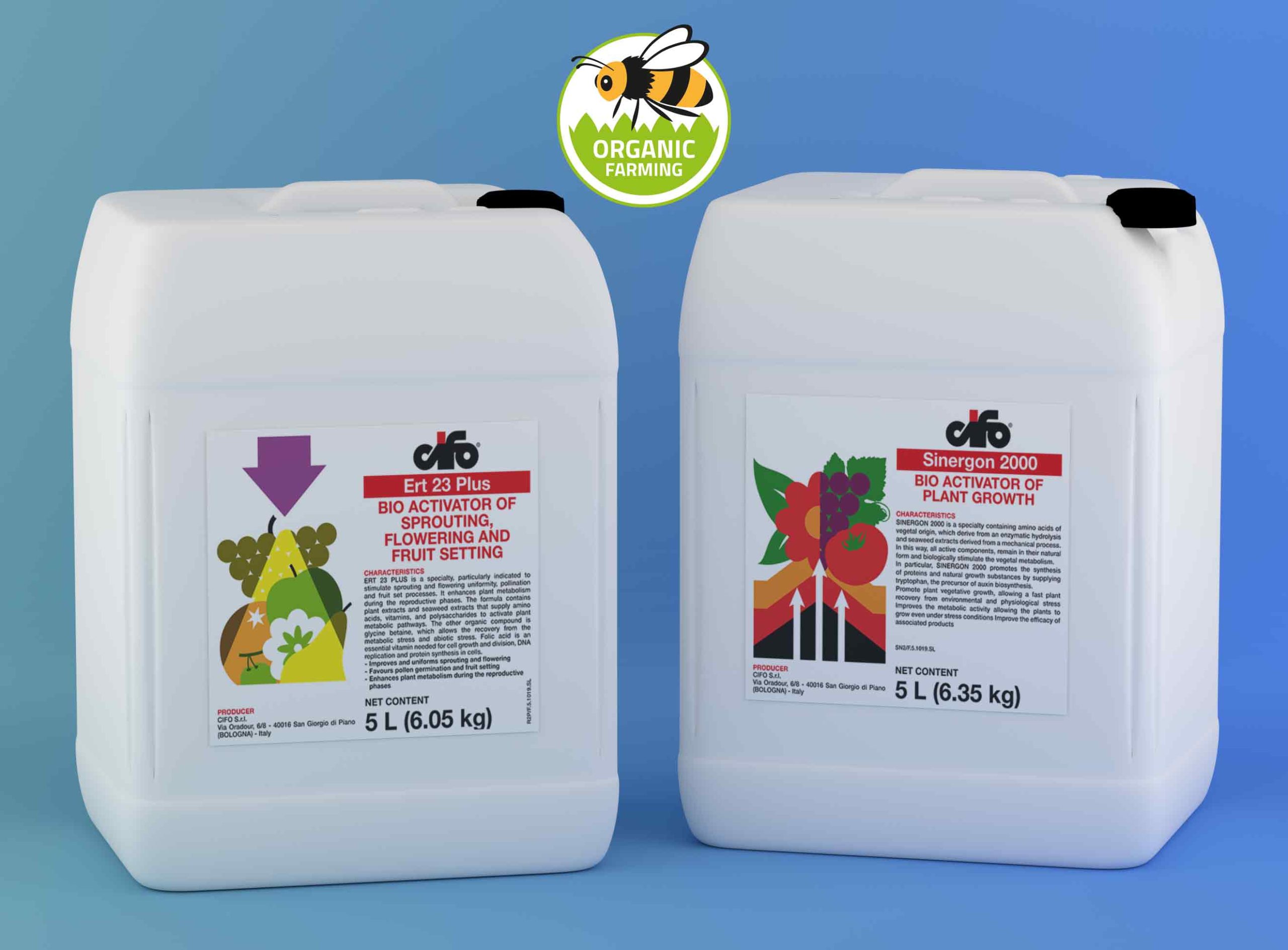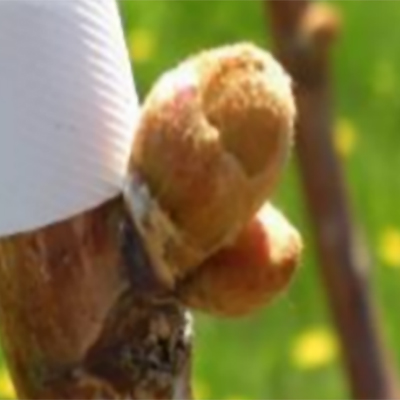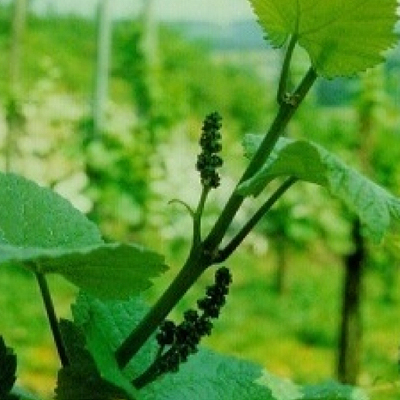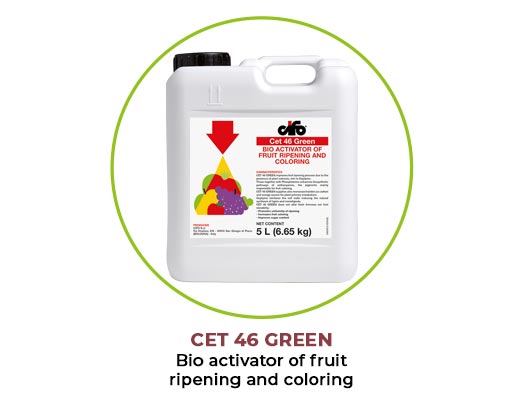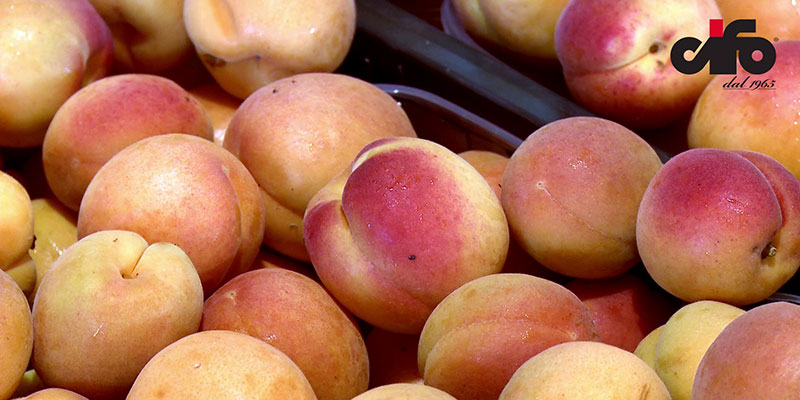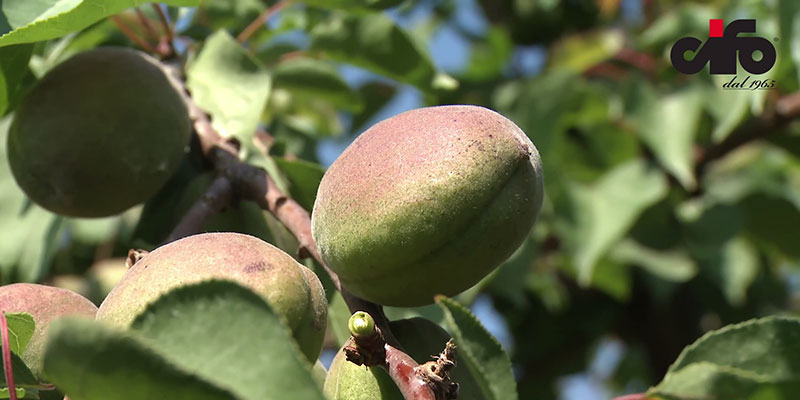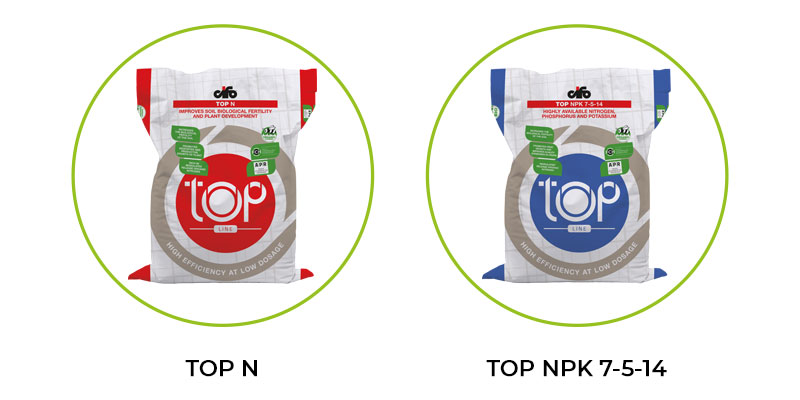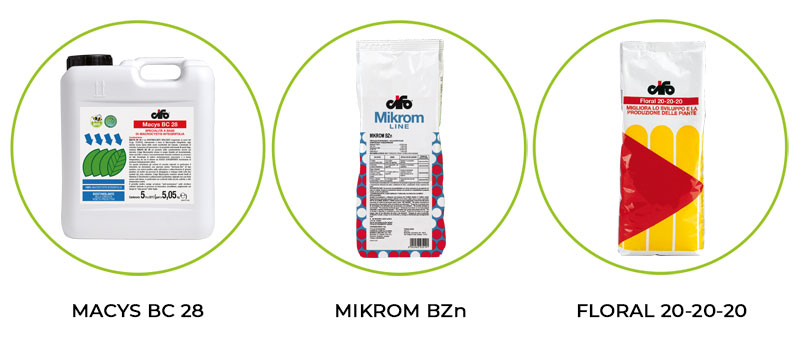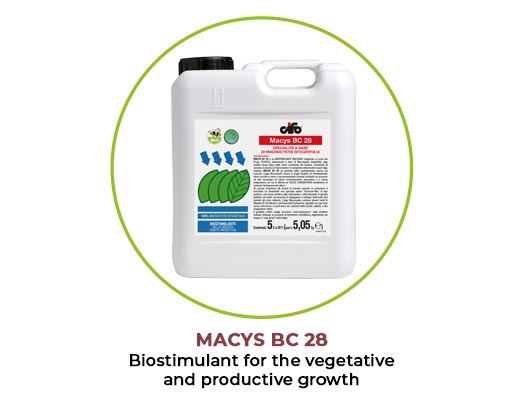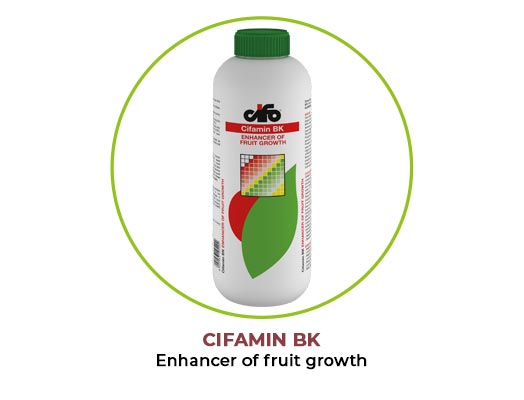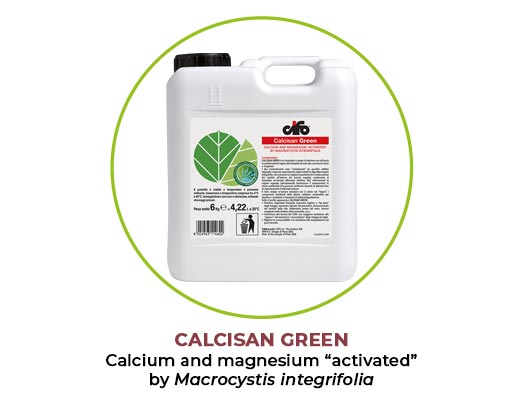Safeguard soil fertility and promote the development of seedlings.
One of the most important and less evident aspect in the nutritional management of crops concerns the enhancement of natural soil fertility.
The improvement of the physical, chemical and biological characteristics of soils can only be achieved through actions aimed at increasing microbial activity, expanding the volume of soil explored by the roots and improving the exchange capacity within the rhizosphere.
Critical factors.
All these factors stand in stark contrast to what are instead the most frequent and obvious problems for vegetable growers:
- Progressive decline in soil chemical characteristics.
- Loss of soil structure.
- Inactivity of radical activity.
- Lack or absence of biological activity in the soil.
These are the main causes of difficult starts for crops, for which treatments with traditional fertilizers are ineffective.

During winter, additional stress factors such as snowfall, night frosts, sudden drops in temperature and presence of cold soils can lead to a harvest reduction ranging from 30 to 100%, causing serious consequences on the economy of the affected farms.
The experience of Cifo
Cifo solutions result from over 50 years of research and development in the field at the service of sustainability in plant nutrition.
To overcome the issues related to poor soil quality and fertility, Cifo provides two specialties, Radicifo and Cifoumic, that work in a complementary way through the action of plant extracts, humic and fulvic acids, and other bioactive substances.
The solutions
RadiCifo
Soils lacking organic matter are usually affected by bad structure and the circulation of both air and water is difficult.
This is also a limitation for the activity of soil microorganisms, which mineralize organic substances and make available to plants important macro and micro nutrients thus increasing the soil fertility.
Especially, in some critical stages such as after transplanting and during the reproductive phase it is important to sustain the crop by both improving soil organic matter and promoting root growth that leads to an improvement of nutrient absorption.
In all those situations, the use of RadiCifo is Cifo’s best and most effective solution.
RadiCifo is a bio-promoter of plant growth based on plant extracts rich in nutrients, carriers (phytosaponins) and with anti-stress action (glycin betaine).
Due to the synergistic action of these ingredients, RadiCifo improves the development and the absorption capacity of roots and stimulates balanced plant growth.
During field tests Radicifo was also shown to be effective in maximizing the absorption of associated fertilizers.
In soils with high level of salinity caused by sodium, Calcisan can be used in association with RadiCifo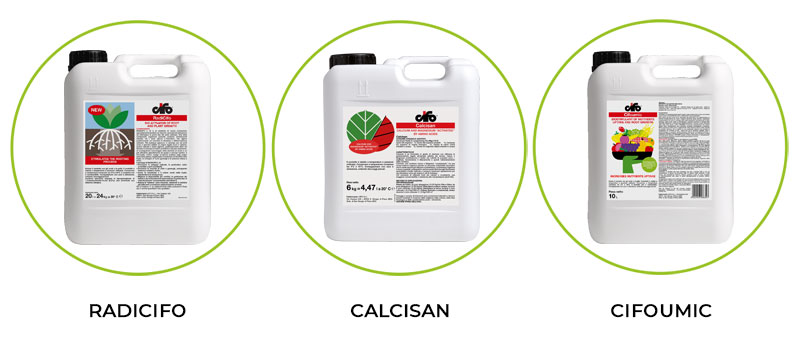
Cifoumic
Humic and fulvic acids contained in Cifoumic act positively on soil fertility and exert a biostimulant action in the soil strengthening the activity of soil microorganisms, but not only.
Used in fertigation it allows the plant to increase the development of absorbent roots and thanks to a complexing-like and protective activity, improve absorption of nutrients such as phosphates, iron and other microelements.
When used in soils where difficult conditions persist, especially the presence of xenobiotics or harmful substances (herbicides, antibiotics, heavy metals, etc.) Cifoumic performs a “detoxifying” and neutralizing action that allows to complete the crop cycle even on soils where particularly intensive crops are practiced..

